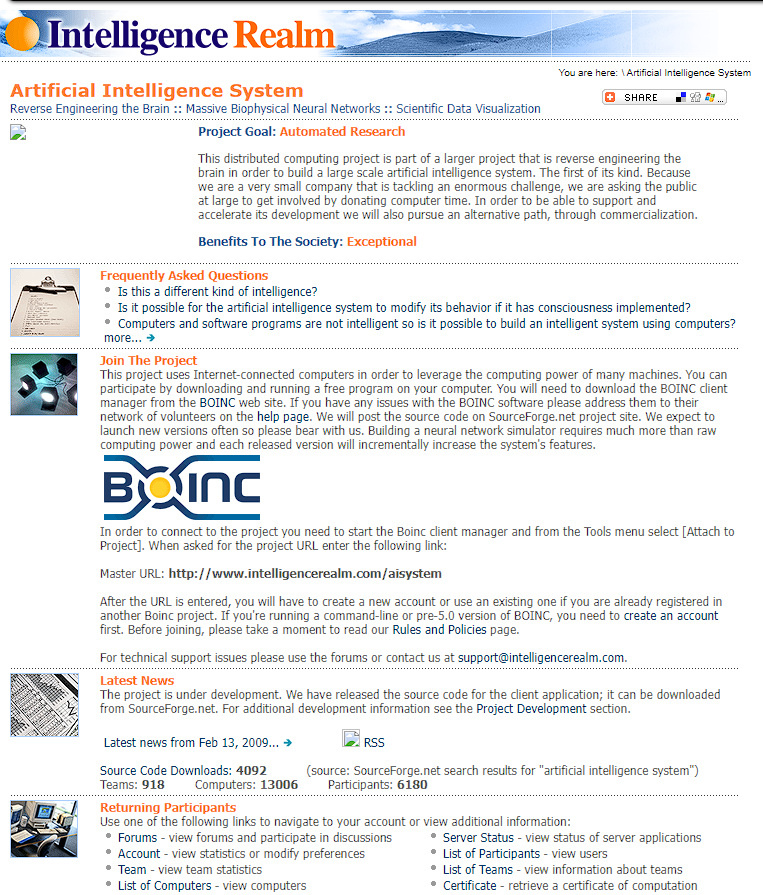Quantitative Vessel Tortuosity as a Biomarker for Fruquintinib in mCRC

On July 4, 2025, during the ESMO Gastrointestinal Cancer Congress, researchers presented groundbreaking findings on the use of quantitative vessel tortuosity (QVT) as a biomarker to assess the antiangiogenic effects of fruquintinib (Fruzaqla) in patients with metastatic colorectal cancer (mCRC). This retrospective analysis of the phase 3 FRESCO-2 trial highlights significant reductions in vascular characteristics that are critical for evaluating treatment efficacy.
The study revealed that patients receiving fruquintinib exhibited a remarkable 70% decrease in vessel inflection in lung lesions from baseline to day 1 of cycle 3 (P < 0.0006). In comparison, those in the placebo group showed a 30% increase in abnormal vessel branching, underscoring the drug's potential in altering tumor vasculature.
Dr. Sara Lonardi, Chief of the Oncology 3 Unit at the Veneto Institute of Oncology, emphasized the significance of these findings, stating, "The observed differences in QVT features quantify fruquintinib's ability to prevent the formation of a twisted, heterogeneous vasculature, which is indicative of its antiangiogenic action." This research signifies a step forward in utilizing imaging biomarkers to guide treatment strategies in mCRC.
Historically, metastatic colorectal cancer has posed significant treatment challenges due to its complex biology and the limitations of existing therapies. Fruquintinib, a vascular endothelial growth factor receptor (VEGFR) inhibitor, gained FDA approval in November 2023 for adult patients who have previously undergone multiple lines of therapy, including fluoropyrimidine, oxaliplatin, and irinotecan.
The FRESCO-2 trial was a global, double-blind study that randomized 691 patients to receive either fruquintinib (n=461) or placebo (n=230). The primary endpoint was overall survival (OS), while secondary endpoints included progression-free survival and objective response rates. The results indicated a 34% reduction in the risk of death for those on fruquintinib compared to placebo (HR, 0.66; 95% CI, 0.55-0.80; P < 0.001).
Further analysis of the QVT features showed statistically significant differences in various vessel characteristics. For instance, mean vessel volume decreased by 25% (P < 0.006) and vessel torsion by 15% (P < 0.05) in the fruquintinib group. These metrics provide a quantitative approach to understanding the biological effects of the treatment and its potential to normalize aberrant tumor-associated vasculature.
Looking ahead, researchers plan to extend their analysis to liver lesions and develop predictive models for overall survival, aiming to refine the use of QVT in clinical practice. As Dr. Lonardi pointed out, "These findings establish the value of QVT as a direct measure for fruquintinib-based antiangiogenic activity and support its use as a potential tool for assessing treatment effect based on mechanism of action."
The implications of these findings are substantial, as they may lead to improved personalized treatment strategies in mCRC, an area where therapeutic options have been historically limited. With ongoing advancements in imaging biomarkers and targeted therapies, there is hope for enhanced patient outcomes and a deeper understanding of tumor biology in the context of metastatic disease.
Advertisement
Tags
Advertisement




